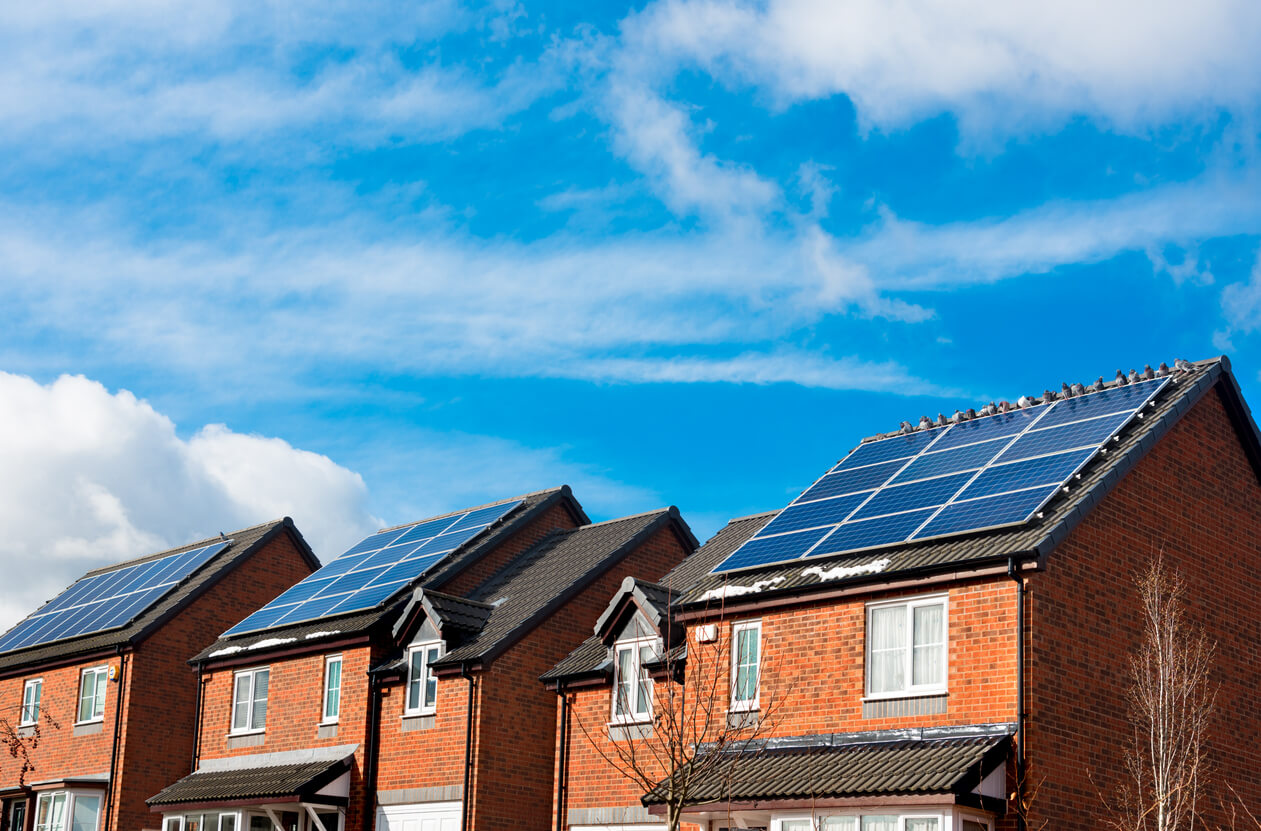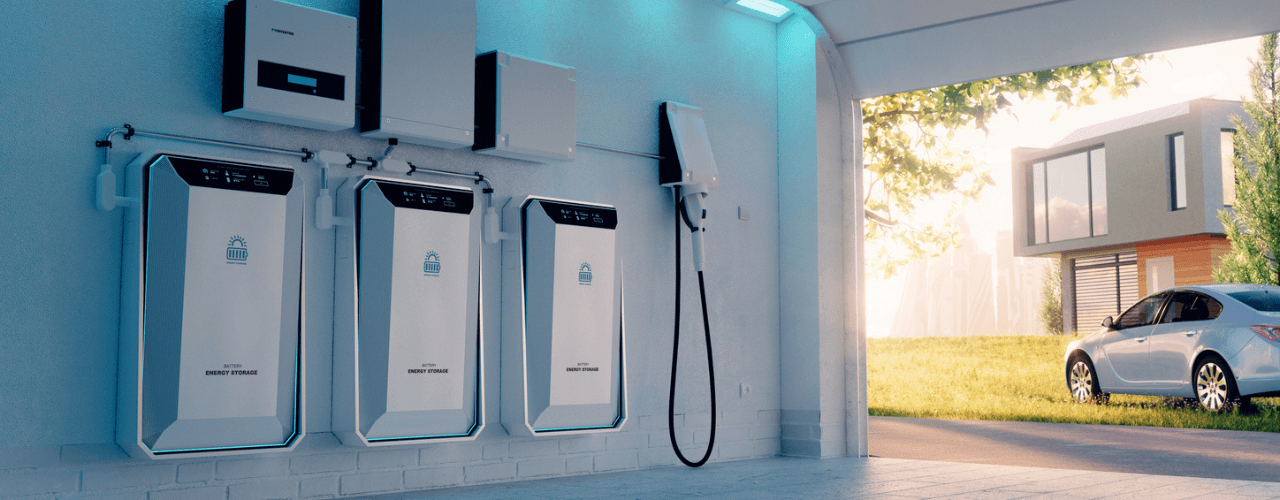
Renewable energy solutions for UK homes and businesses: What are your real options?
Energy bills keep climbing and so does the need to reduce carbon emissions. For UK...

Solar
The move towards renewable energy is growing, and solar panel installation is one of the most effective ways to reduce energy bills and cut carbon emissions. Whether you’re a homeowner looking to power your property sustainably or a business aiming to lower operational costs, understanding the installation process is vital.
This guide walks through each stage of solar panel installation, covering what to expect, how the system is set up, and key factors to consider before making the switch.
Before installation begins, an assessment is required to determine whether your property is suitable for solar panels. A professional installer will evaluate several key factors:
If your property isn’t suitable for rooftop panels, ground-mounted systems might be an alternative option.
Once your property is deemed suitable, the next step is designing the solar panel system. This involves:
Once the system design is finalised, an installer will provide an overview of expected energy output and savings based on your location and roof conditions.
In many cases, solar panel installation doesn’t require planning permission, but certain situations may need approval:
Your installer can help you determine whether permission is required and assist with any applications.
Additionally, homeowners and businesses may be eligible for government incentives to reduce installation costs, such as:
The actual installation process typically takes one to three days, depending on system size and complexity.
Mounting the Panels
Wiring and Electrical Setup
Battery Storage (If Installed)
Once the wiring is complete, the system is tested to ensure all components function correctly before connecting it to the electrical supply.
Once installed, the system needs to be approved and connected to the grid (if applicable). Your installer will handle this process, which involves:
After these checks, your system is ready to generate renewable electricity.
Once your solar panels are operational, regular monitoring ensures they continue working efficiently. Many systems come with an app or online portal to track electricity generation and usage in real time.
Maintenance requirements are minimal, but it’s recommended to:
Most solar panel systems last 25-30 years, making them a long-term investment in renewable energy.
Installing solar panels is a smart investment, but choosing the right installer is just as important as selecting the right system. ESS Group provides expert guidance, high-quality installations, and ongoing support to help homeowners and businesses transition to renewable energy with confidence.
By working with ESS Group, you can ensure your solar panel installation is handled by experts who prioritise performance, efficiency, and long-term savings.
If you’re considering solar energy, contact ESS Group today to start your journey toward a cleaner, more sustainable future.

Energy bills keep climbing and so does the need to reduce carbon emissions. For UK...

Commercial solar helps cut costs and hit sustainability targets both smart moves for today’s business...

Home energy habits are changing. As more people install solar panels and adopt smart technologies,...
We’re here to help with all your renewable energy needs.
Contact us today for expert advice, consultations, and support.